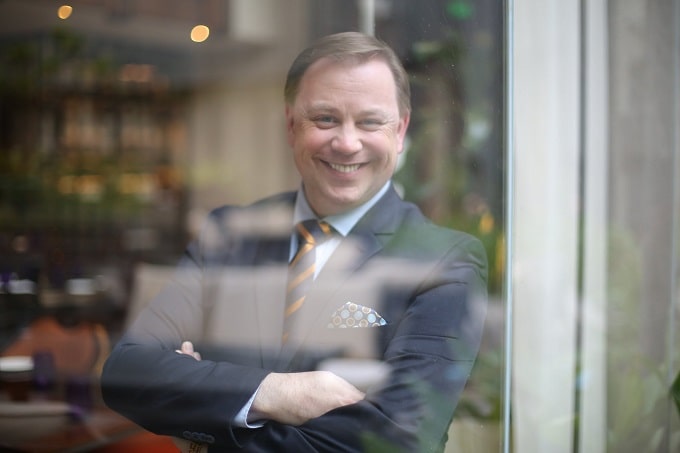One of the best-known examples of premium mediocrity is the £150 paperclip from the luxury brand Prada.
Luxury, by definition, is something that isn’t easily accessible or acquirable by the overwhelming majority of the population.
So when we think about luxury, we think about scarcity and exclusivity, right? Luxury, by definition, is something that isn’t easily accessible or acquirable by the overwhelming majority of the population. So, for example, cell phone ownership, which has been acquired by well over 90% of the world’s population, wouldn’t be considered luxury. A trip to a private island, on the other hand, which is the privilege of only a handful of people on the planet, is of course, by definition, luxury.
So of course luxury brands then sell products which are scarce and hard to come by, right? Well, in principle, yes, and obviously this is what distinguishes them as being luxury.
But there is an interesting marketing and sales strategy now commonly employed by luxury brands to increase their brand visibility and profit margins—a strategy which, to be fair, doesn’t quite fit with the conventional definition of luxury. Here I’m referring to the phenomenon known as premium mediocre.
So, for example: imagine acquiring a pen from a leading luxury brand. The pen isn’t exceptional. It not only looks like a normal pen, but does exactly what a normal pen does. In fact, the pen wasn’t more expensive to make than many other pens by regular brands on the market. The only thing that distinguishes the pen is that it has been branded by a luxury earmark.
Luxury brands do this with a number of common products such as perfumes, notebooks or sunglasses—all of which are mass market, affordable, mediocre products offered by luxury houses, but which they are able to sell at an increased profit because of the brand name itself.
One of the best-known examples of premium mediocrity is the £150 paperclip from the luxury brand Prada. It has Prada’s brand name engraved upon it, yes, but apart from that it really functions very much the same way any other paper clip does. Or what about those famous Louis Vuitton Keychains which sell for around £200? I mean, in reality they’re actually completely overpriced compared to similar alternatives available out there.
Luxury brands are generally able to sell these mass market products at a higher price precisely because their brand is righty associated with luxury. This is what premium mediocre is all about. Premium mediocre products increase the profit margins of these brands tremendously. And while these are common factory products, there is a big market for them. In fact, they serve to solidify and expand a brand’s consumer base, as there are many people out there who strive to associate with an upper-class lifestyle by purchasing cheaper, non-luxury products from luxury brands.

Paul russell
Paul Russell is co-founder of Luxury Academy London, a multi-national training company with offices in London, Mumbai and Visakhapatnam. Luxury Academy London specialise exclusively in the luxury industry and deliver training in leadership, communication and business etiquette training for companies and private clients across the globe.
Prior to founding Luxury Academy London, Paul worked in senior leadership roles within luxury hospitality. A dynamic trainer and seminar leader, Paul has designed and taught courses, workshops and seminars worldwide on a wide variety of soft skills.